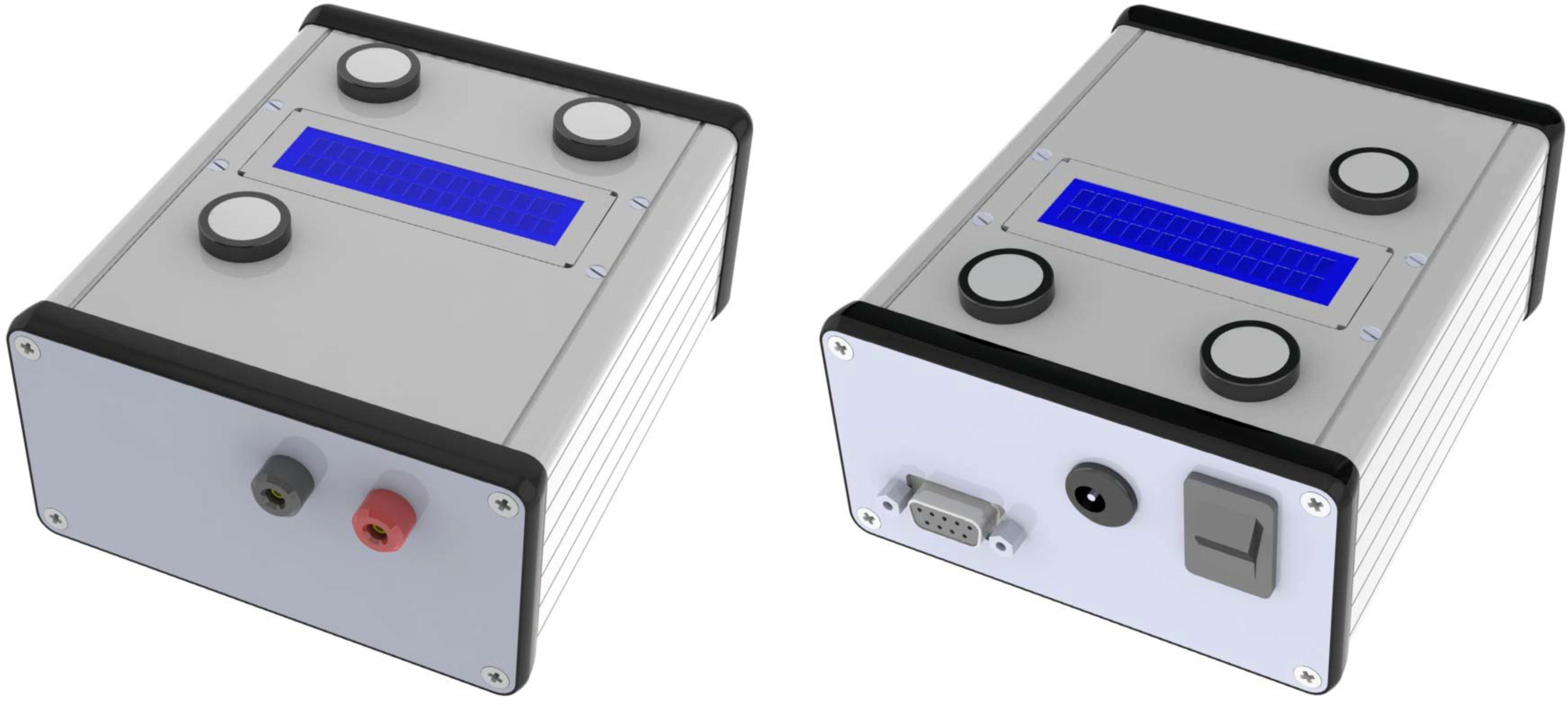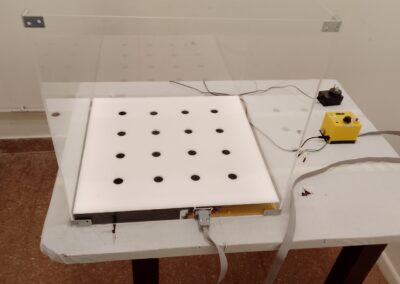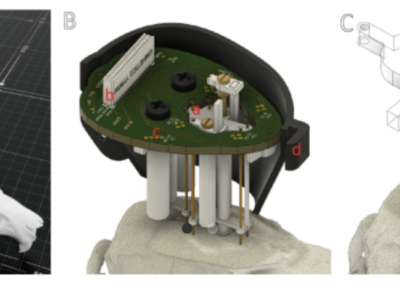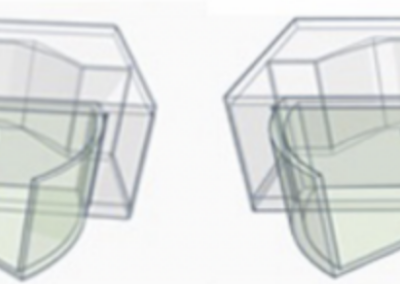Solène Pedron and colleagues published an article in July of 2020 in Plos One, detailing a new device called open-tES for delivering non-invasive neuromodulation techniques such as transcranial direct current stimulation (tDCS). The purpose of open-tES was to allow experiments that required neuromodulation to have a device that is affordable and easy to use, especially in rodent models. ________________________________________________________________ Transcranial electrical stimulation (tES) is used in neuroscience as a non-invasive technique that allows electrical currents to travel to the cortex of the brain to modulate neural activity and brain function. This technique is commonly used as a form of treatment for psychiatric disorders in addition to neurological disorders and neurodegenerative disease; tES also has the potential to enhance activity in different cognitive areas and/or reduce the effects caused by the neurological condition. The stimulator used in Open-tES is an aluminum box that contains banana connectors for both anode and cathode on the front panel; and the power supply on the rear, consisting of the power switch and serial port. The device’s power supply is gathered from the use of an external 9V battery, which can allow for the device to be used up to 24 hours. Another part of the device is an LCD screen and three buttons on the top panel that are used to input settings for the stimulator. If the device is being used for certain types of tDCS (otDCS and tPCs) or an external triggering, a computer control must be used. The main component needed to operate the Open-tES device properly is a microcontroller that is used to regulate the operating speed and pulse width modulation switching frequency administrated by the device. Open-tES applicability was demonstrated by Pedron and colleagues in a cohort of adult Swiss female rats. In their experiment, the rats would received tDCS treatment in the morning and afternoon during the light phase of their dark/light cycle. The rats then underwent a forced swim test during the morning to see if the electrical currents changed the behavior in the same way as a previous study, which used a commercial stimulator. The results of the study found there was no significant difference between the results when using Open-tES on behavioral changes in rodents as to those seen using the commercial stimulator. Thus, these results provided support that Open-tES has the same efficacy when used with rodents in altering their behavior as established hardware. This research tool was created by your colleagues. Please acknowledge the Principal Investigator, cite the article in which the tool was described, and include an RRID in the Materials and Methods of your future publications. RRID:SCR_021487 Read more about Open-tES and get access to necessary files on GitHub. Read more about Open-tES from the original PLOS One publication from 2020. This post was brought to you by Kellam Schmudde. This project summary is a part of the collection from neuroscience undergraduate students in the Computational Methods course at American University. Check out projects similar to this!Open-tES

Read the Documentation
Open-tES Publication
Thanks Kellam!
Have questions? Send us an email!







